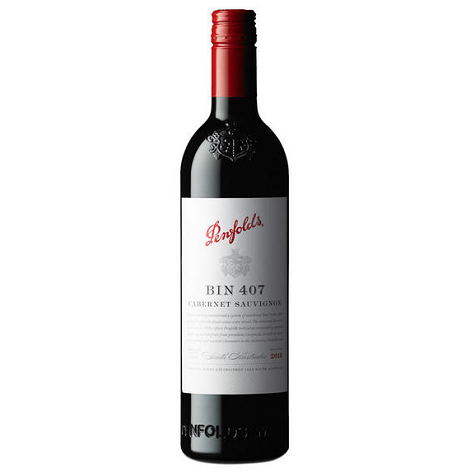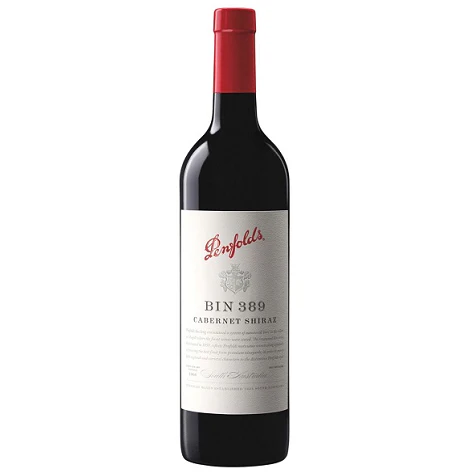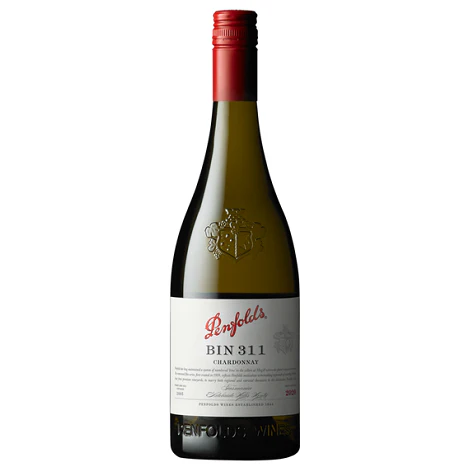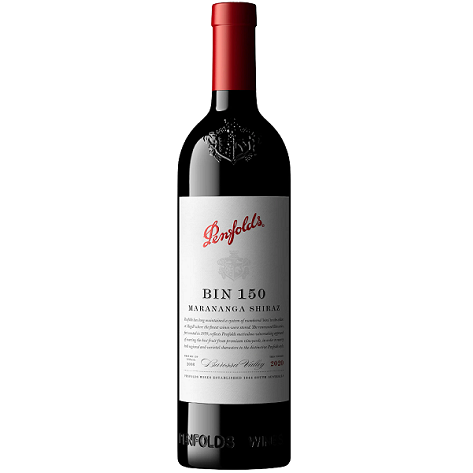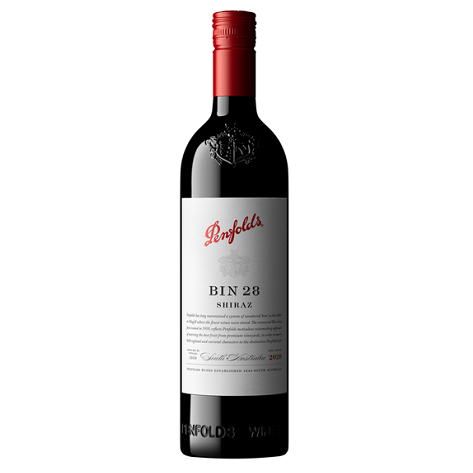Penfolds, Bin 407 Cabernet Sauvignon 2021, Australia
£74.95 per bottle
ABV 14.5%
93 Points James Suckling
Launched with the 1990 vintage in 1993, Bin 407 was developed in response to the increasing availability of high-quality cabernet sauvignon fruit. Inspired by Bin 707, Bin 407 offers varietal definition and approachability, yet still possessing structure and rich depth of flavour. Textbook cabernet sauvignon, the expressive Bin 407 demonstrates the reward of Penfolds multi-regional blending philosophy. A core of ripe fruit is well supported by sensitive use of French and American oak.
GRAPE VARIETY
Cabernet Sauvignon
VINEYARD REGION
Coonawarra, Wrattonbully, McLaren Vale, Padthaway, Barossa Valley, Adelaide Hills WINE ANALYSIS Alc/Vol: 14.5%, Acidity: 6.3 g/L, pH: 3.67
MATURATION
12 months in French (25% new) and American (12% new) oak hogsheads, with the balance in 1-y.o. French and American oak hogsheads
VINTAGE CONDITIONS
Coonawarra, Wrattonbully and Padthaway all had a favourable start to the growing season. Spring was notably warm, November especially, up +3°C on the long-term average. Coonawarra experienced seven days of minimum temperatures <2°C, however none of these were below 0 and no frost damage was reported. Wrattonbully had some isolated frost, but with minimal crop loss thanks to deployment of frost fans. Conditions for flowering were ideal, leading to excellent fruit set and yields. Padthaway yields were 25% above the norm. McLaren Vale also enjoyed a relatively mild growing season. Dry conditions in July were countered by good spring rainfall, with warm conditions prevailing through spring. There were only nine summer days above 35°C. January conditions were near average, however conditions in February and March were mild. Veraison was late and that pushed harvest into March. The Barossa Valley growing season was also relatively mild with long dry spells. July was unusually dry, however good falls in August provided a solid foundation for the vines to thrive in spring. Spring temperatures were generally warmer than average with favourable climatic conditions for budburst and flowering. Summer temperatures were near long-term average, with 21 days >35°C. The Adelaide Hills region was also hit by “dry July”, but well managed blocks produced some exceptional parcels of cabernet sauvignon. Overall, the summer and autumn conditions were cooler than average, allowing grapes to ripen slowly and evenly. Except for a few wet days in February, the predicted La Niña conditions failed to materialise. An outstanding vintage for South Australian cabernet sauvignon.
COLOUR
Crimson red NOSE Compelling, attention grabbing. Varietally correct, all the T’s crossed and I’s dotted. There is a lot to decipher here. First, heady aromatics of violets, blackberry and mulberries. Cherry clafoutis, blood plums, brioche. Next to emerge are the leafy, herbaceous notes, perfectly rendered without any suggestion of under ripeness. Mulberry leaf, bay leaf, wet tobacco/cigar box add further intrigue. Classic English baking spices lurk quietly in the background. PALATE After the aromatic impression, one might expect a forbidding palate. Not so. It’s remarkably approachable, yet clearly built for a long spell in the dungeon. The cool dark fruits are very concentrated and varietal. The leafy notes on the nose morph into char-grilled savoury flavours of grilled capsicum and cumin spiced eggplant, infused by sandalwood and cherry wood smoke. The tannins are graphite-like, fine but reassuringly persistent, with a faint suggestion of bitter dark chocolate. At the time of tasting the wine is very energetic, dancing the tango at full tempo. Don’t expect a slow waltz anytime soon. One for the long haul.
2025 – 2055
LAST TASTED
April 2023


